Your cart is currently empty!
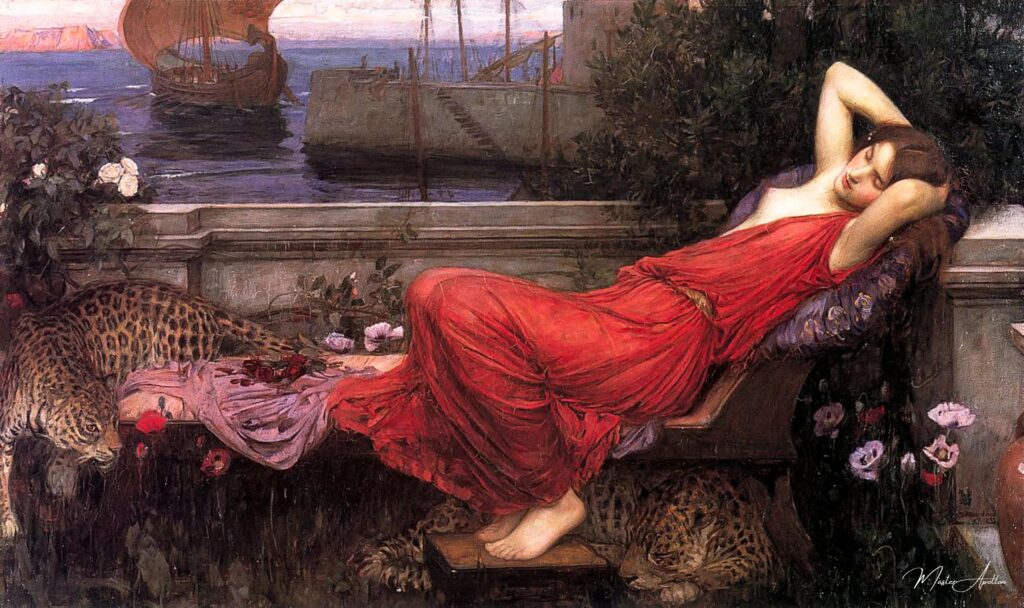
Ariadne – John William Waterhouse
Immerse yourself in the enchanting world of classical art with our highest quality oil painting reproduction of “Ariadne” by John William Waterhouse. This exquisite piece captures the poignant moment of Ariadne, the abandoned princess of Crete, as she gazes longingly towards the horizon, embodying both beauty and melancholy.
Every brushstroke is meticulously recreated, reflecting Waterhouse’s…
Ariadne – John William Waterhouse
John William Waterhouse’s Ariadne (1898) is a captivating representation of the mythological figure from Greek mythology, showcasing Waterhouse’s signature Pre-Raphaelite style. Known for his vivid depictions of mythological, historical, and literary subjects, Waterhouse’s interpretation of Ariadne brings to life a pivotal moment from her story. This enchanting painting explores themes of love, abandonment, and the power of transformation, with Waterhouse’s trademark emotional depth and attention to detail.

The Myth of Ariadne
Ariadne is a central character in the myth of Theseus and the Minotaur, a tale from Greek mythology. She is the daughter of King Minos of Crete and his wife, Pasiphae. The most famous part of her story occurs when she falls in love with the Athenian hero Theseus, who is sent to Crete to slay the Minotaur, a monstrous creature hidden within the labyrinth of the palace.
Ariadne aids Theseus by providing him with a ball of thread, which he uses to navigate the labyrinth and find his way out after killing the Minotaur. However, after Theseus successfully slays the beast, he abandons Ariadne on the island of Naxos, where she is left heartbroken and alone.
In Waterhouse’s painting, the artist captures the moment of Ariadne’s abandonment, a scene filled with emotional intensity and romantic tragedy. Unlike the more typical depictions of the myth, Waterhouse focuses on Ariadne’s vulnerability, offering an intimate portrayal of her emotional state.
Themes of Abandonment and Love
1. The Heartache of Abandonment
The painting depicts Ariadne in a state of despair and loneliness. Her posture, with her face turned slightly to the side and her arms wrapped around her body, suggests a profound sense of emotional withdrawal. The soft expression on her face reflects her feelings of betrayal and heartbreak as she contemplates the loss of Theseus.
Waterhouse’s depiction of Ariadne highlights the psychological torment that often accompanies abandonment. Her gaze, which seems to search the horizon for Theseus, conveys the longing and uncertainty that define the moment she is left behind. The sense of isolation is heightened by the desolate landscape in the background, reinforcing the emotional weight of her predicament.
2. The Dilemma of Love and Betrayal
While the myth of Ariadne and Theseus centers around themes of love and betrayal, Waterhouse focuses on the human side of this story. The artist does not simply depict Ariadne as a victim, but as a complex and emotional figure who is experiencing a deep internal struggle. Her love for Theseus was once filled with hope and devotion, but now it has turned to anguish.
The emotional depth that Waterhouse infuses into the figure of Ariadne reflects the universal themes of love, sacrifice, and the painful consequences of devotion. Her abandonment by Theseus is not just an act of betrayal, but a moment of profound emotional transformation for Ariadne, as she must confront the reality of her situation.
Composition and Visual Elements
1. Ariadne’s Central Figure
Ariadne is the central figure in the painting, positioned slightly off-center to the left, allowing the viewer to focus on her facial expression and body language. The artist has carefully rendered her figure in flowing, delicate robes, which billow around her, enhancing the sense of movement. Her posture suggests both vulnerability and strength, capturing the moment of internal conflict between grief and resilience.
Her face is a study in subtle emotion, with soft eyes filled with sadness and perhaps a glimmer of confusion. Her gaze is fixed on the horizon, as though she is waiting for Theseus to return, but there is a deep uncertainty in her eyes that hints at the realization that he may never come back.
2. The Landscape and Atmosphere
The background of the painting is marked by a stark, barren landscape, which contrasts with the lush beauty of the figure in the foreground. The barren, rocky terrain symbolizes the emotional desolation Ariadne feels after being abandoned. This setting contrasts with the lively, colorful scenes of romance and adventure earlier in the myth, which only serves to emphasize the tragic turn her story has taken.
Waterhouse uses muted tones of browns, oranges, and greens in the landscape to evoke a sense of desolation and loneliness. The setting sun in the distance casts long shadows over the scene, reinforcing the melancholic mood of the painting. This dramatic interplay between light and shadow heightens the emotional atmosphere of the work, focusing attention on Ariadne’s sorrowful expression.
3. Color and Light
Waterhouse’s use of color is masterful. Ariadne’s bright, flowing red and gold robes contrast with the darker hues of the background, making her the focal point of the painting. The warm tones of her clothing suggest the passion and intensity of her earlier love for Theseus. However, the muted colors surrounding her, especially the dimming light of the evening sky, underscore the sadness and hopelessness she feels at this moment in her life.
The light seems to caress Ariadne’s form, highlighting her beauty and grace, yet it also contrasts with the darkness surrounding her, representing the emotional and physical void left in her heart. This use of light serves to emphasize her emotional isolation, even as she remains visually prominent in the composition.
Symbolism and Interpretation
1. The Abandoned Island
The setting on the island of Naxos is significant as it represents both a literal and symbolic place of abandonment. In many interpretations of the myth, Naxos becomes a place of transformation for Ariadne, a place where she will eventually find new love with the god Dionysus. However, in Waterhouse’s painting, this transformation is not yet apparent. The desolate landscape suggests that Ariadne is in a liminal space, caught between the past and the future, between the abandonment by Theseus and her eventual new beginning.
The isolation of the island also emphasizes her separation from the world of Theseus and the life she once knew. It is a place where she must confront her deepest emotions and navigate her grief, marking the beginning of her personal transformation.
2. The Role of the Moon
While not immediately apparent, the presence of the moon in the distant sky hints at the role it will play in Ariadne’s future. The moon has long been associated with femininity, cycles, and transformation. In Greek mythology, the moon is also tied to the goddess Artemis, and later in the myth, it would be the god Dionysus who would find Ariadne and transform her life. Waterhouse’s subtle inclusion of the moon serves as a symbol of the cyclical nature of life and love, suggesting that Ariadne’s pain will eventually give way to new beginnings.
Waterhouse’s Artistic Approach
Waterhouse’s Pre-Raphaelite style is evident in the intricate detail, vibrant color palette, and focus on emotional expression. His technical prowess is on display as he skillfully captures the texture of Ariadne’s flowing robes, the soft contours of her face, and the barren beauty of the landscape. The artist’s ability to render both the internal emotional state of the figure and the external environment makes this painting a masterclass in narrative and symbolism.
Waterhouse’s choice to depict the myth at this moment, rather than focusing on the more widely known scenes of Ariadne’s earlier life or later reunion with Dionysus, highlights his interest in exploring the emotional complexity of his subjects. He is not merely illustrating a moment from mythology, but rather delving deep into the psyche of his characters, exploring themes of loss, vulnerability, and the quiet strength that arises from emotional turmoil.
Conclusion
John William Waterhouse’s Ariadne is a poignant and intimate portrayal of a mythological figure at a moment of profound emotional conflict. Through masterful composition, symbolism, and emotional depth, Waterhouse explores the themes of love, betrayal, and transformation, capturing Ariadne’s vulnerability and inner strength. The painting remains one of the artist’s most compelling works, showcasing his ability to breathe life into ancient myths and elevate them into powerful emotional experiences.
John William Waterhouse
John William Waterhouse was a British painter known for his enchanting depictions of mythological and literary themes, characterized by rich colors, emotional depth, and a focus on female figures that often evoke a sense of longing and beauty.
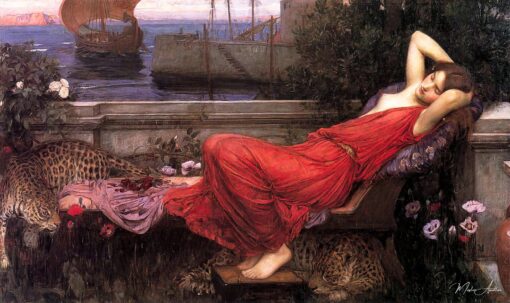
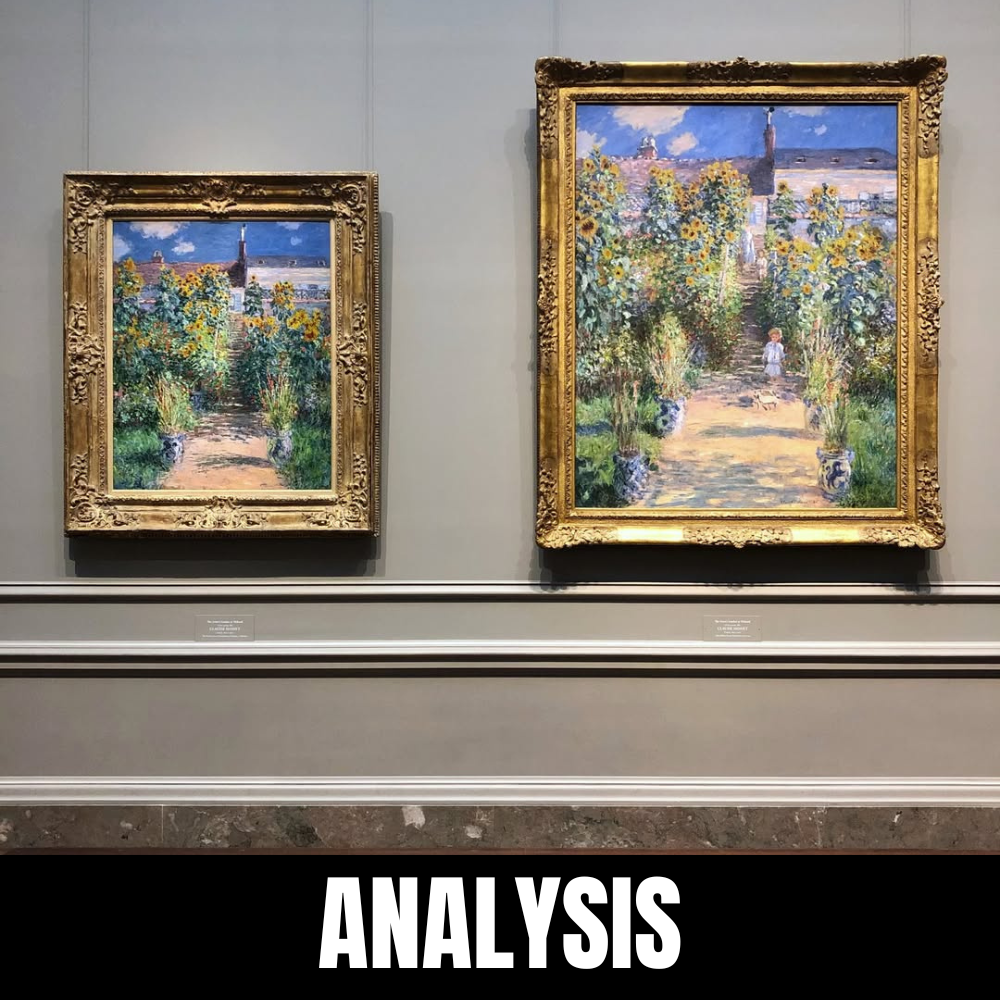
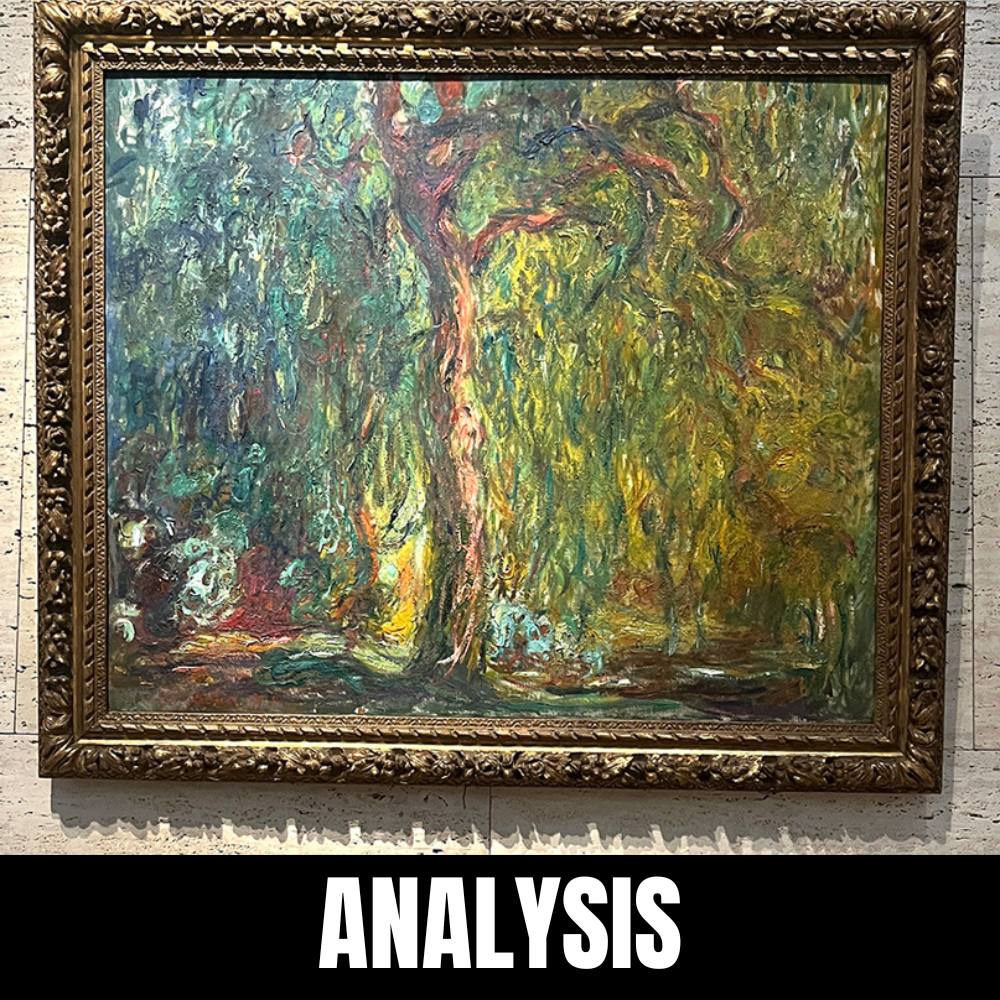
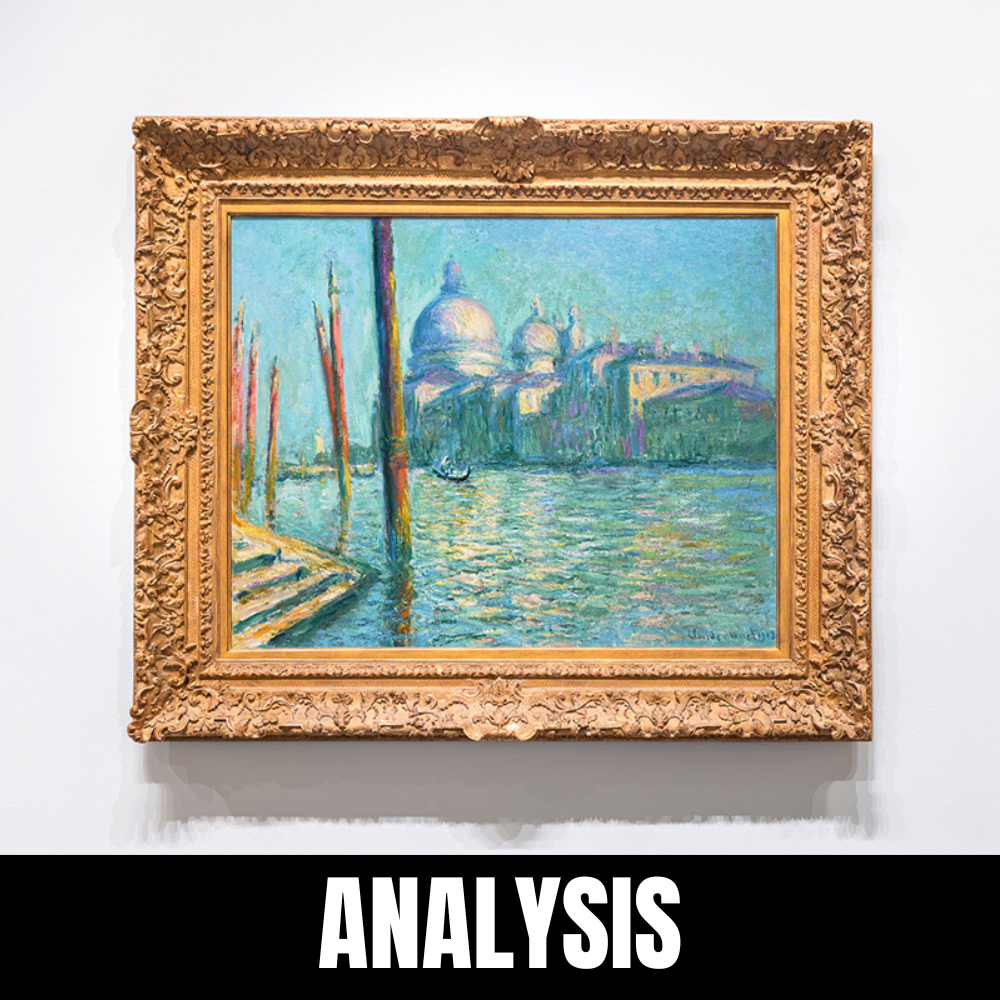
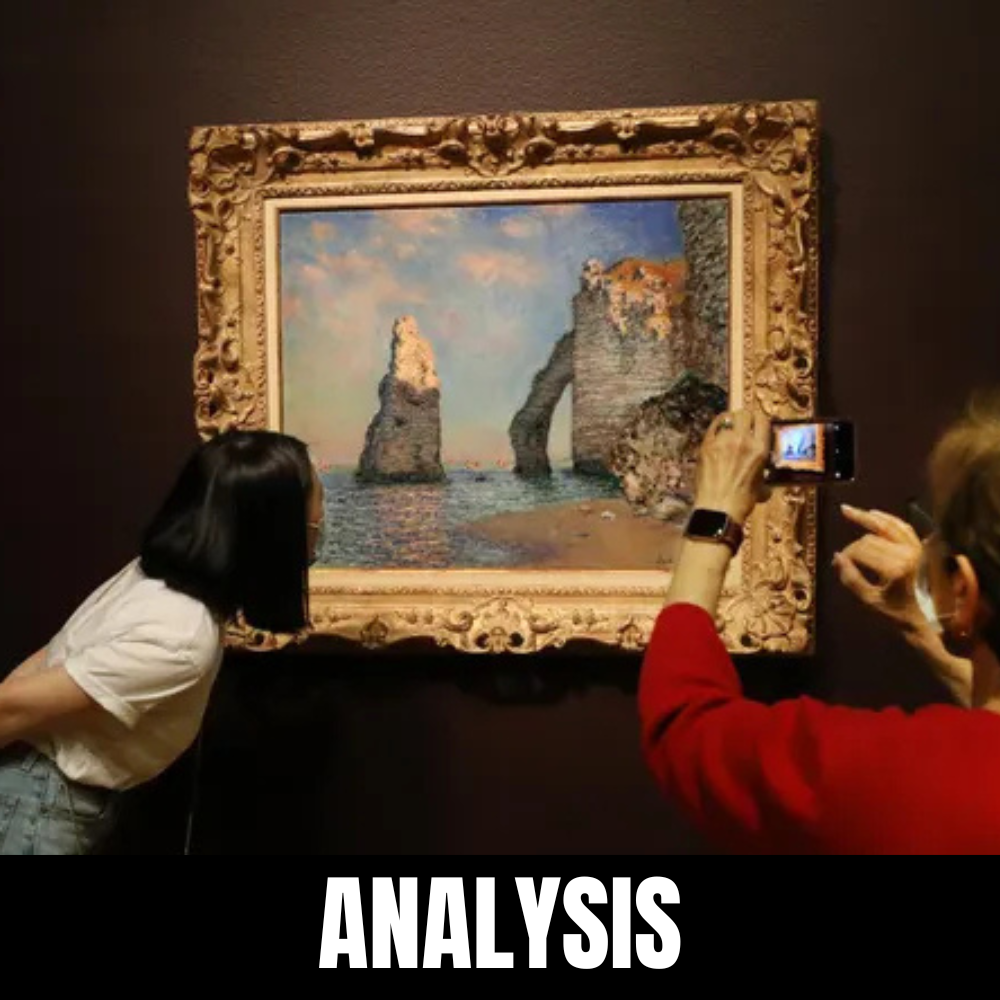
Leave a Reply